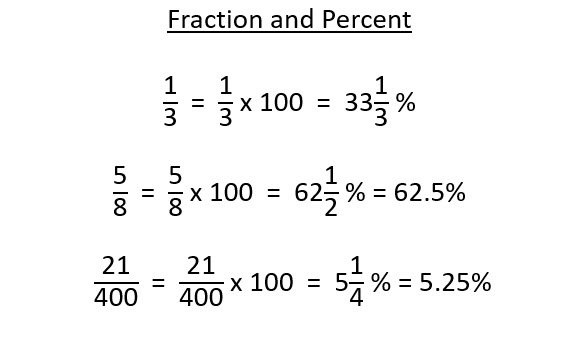A great way to introduce children to converting fractions to percentages is to utilize the many differentiated worksheet activities in Maths lesson plans. You can use this Fractions to Percent PowerPoint for your class learning the fundamentals so that children can complete these worksheet activities. These activities teach kids to multiply their answers by the percentage, then round up to the nearest whole number. You will also learn about some common mistakes made when doing this kind of multiplication and correct them.

The most common mistake that teachers make when converting fractions to percentages is not making sure that all the numbers are even. To do this, place a zero on the far right of any fraction you are dividing by. When you have a zero, you know that the percentage can never be 100 percent. Once you have made sure that all the numbers are even, then place one over zero.
When you teach kids about converting fractions to percentages, it is important to include a worksheet that allows students to add, subtract, and multiply their answers. Some teachers encourage their students to do their answer totals separately from their worksheet work. This is fine as long as the student understands that they can add and subtract independently. Suppose the student tries to multiply an answer without first subtending it. We’ll round up to the nearest whole number if that happens. To round up fractions to the nearest whole number, follow the instructions on the worksheet.
Some math teachers encourage their students to convert fractions to percentages by repeating their answers, i.e., adding, subtending, or multiplying. It seems easy enough since they would all remember their previous answer, right? However, this only works when the student has memorized the percentage of something already. To make a percentage recurring infinitely more simple, change the order of the answers. For example, instead of repeating the word “quarters,” you could change the order to “3 quarters.”
The rounding off of percentages to the nearest whole number is a common problem in college. For example, converting 4% to 5% will always round to the nearest whole number, even if the fraction is even. Ensure that it is for an “even” fraction and not a “rounded-up” fraction whenever you round off.
For elementary students, converting fractions to percentages can be most easily handled using an interactive widget. With an interactive widget, the student must enter their answer, then choose the percentage they would like to have their answer rounded up. The percentage is then rounded to the nearest whole number. An online calculator can help a student determine the exact percentage that they need to reach.
One last way to convert fractions to percentages is to show answer choices on the screen. To do this, first select the “show answer” button. Then click “OK.” A pop-up window will appear, displaying the fraction that you want to display. Choose it from the pop-up menu to display the answer.
There are many more ways to learn how to convert percentages to a percentage. When learning how to calculate the value of a fraction, it is helpful to keep a few notes handy, such as “rounded to the nearest fifth” or “to the nearest fifth of 100.” Also, keeping a few reminders in mind, like “to the nearest fifth, rounded up,” will help you remember which fraction to use to make a calculation and which to round down. Armed with this information, any student will be ready to convert any fraction for use in algebra assignments.
